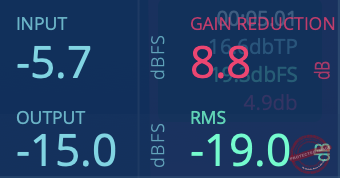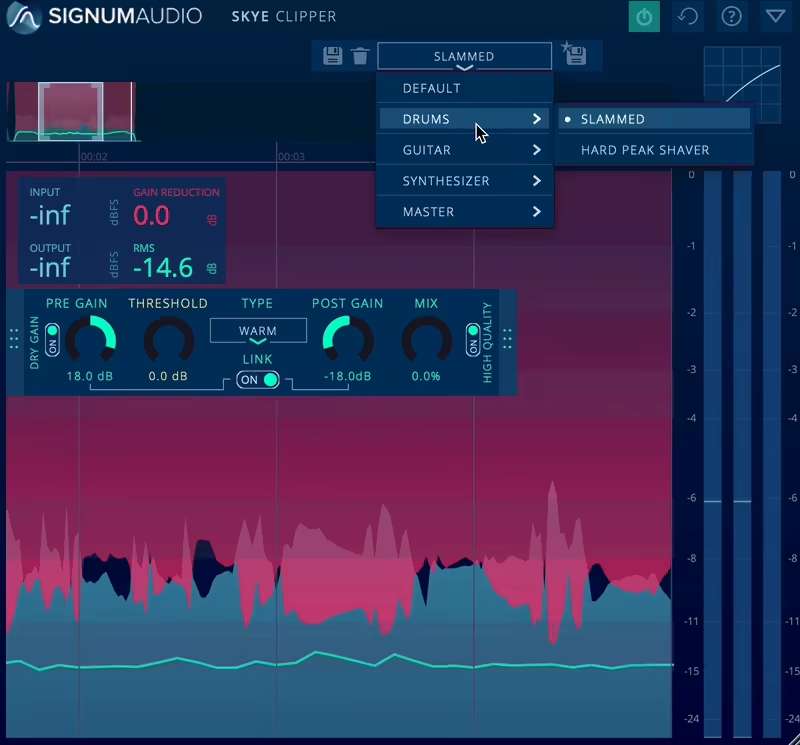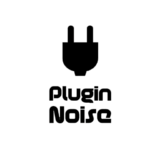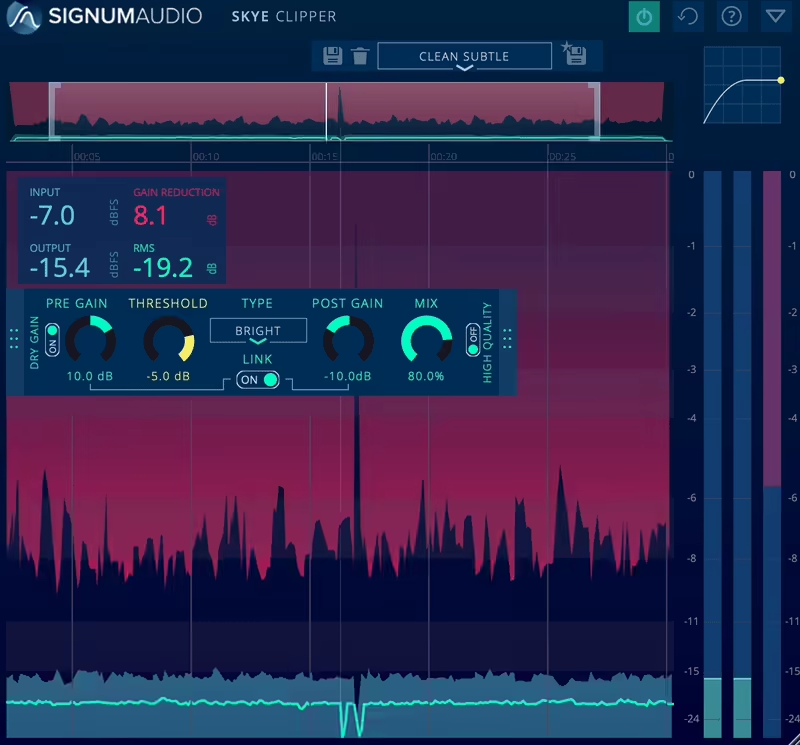SKYE Clipper feels like a clipper that truly understands both precision and character. It’s smooth when you need it, aggressive when you push it, and always easy to use. While I wish it had more presets and lower latency, the sound quality and flexibility make it a tool I keep reaching for.
Pros
- Smooth real-time anti-aliasing minimizes unwanted digital artifacts for cleaner clipping
- 7 distinct clipping modes offer flexibility for mixing, mastering, and sound design
- Resizable interface and history view provide excellent visual feedback and workflow control
- Pre/Post Gain linking makes level balancing effortless when driving signals into clipping
- Surround support up to 7.1.4 makes it a rare choice for immersive audio production
Cons
- Introduces slight latency, which might be a concern for real-time tracking applications
- Limited preset variety, requiring more manual tweaking for quick workflow setups
We’re diving into SKYE Clipper today, a plugin that promises to bring punch, grit, and smooth harmonic saturation to your mix.
If you’ve ever wanted to add controlled distortion, push loudness without killing dynamics, or give your drums and synths some extra bite, a clipper is the right tool for the job. Unlike traditional limiters, clippers slice off peaks cleanly, adding harmonic energy that makes sounds feel fuller and more present.
SKYE Clipper from Signum Audio aims to do this with a sleek interface, 7 different clipping styles, and real-time anti-aliasing technology, a fancy way of saying it reduces unwanted digital artifacts when pushing your audio hard.
Clippers are often used in mixing, mastering, and creative sound design, and SKYE Clipper is built for all three.
This versatile clipper VST can successfully shave off transient peaks in a snare drum, glue together a drum bus, or add some saturation to a synth. Plus, I love the ability to switch between soft and hard clipping types to go from subtle saturation to full-on distortion, depending on what I need.
On top of that, SKYE Clipper brings a history view for checking your processing over time, a fully scalable metering system, and a surround version for those working in Dolby Atmos or multi-channel formats. That’s a lot of firepower in a single tool. But does it sound as good as it looks? Let’s find out.
| Feature | Description |
| 7 Clipping Types | Hard – clean and transparent
Warm – Tape style saturation Bite – Lots of added harmonics Bright – High end saturation Bright Saturator – same as bright with added softness slider Smooth – Subtle pleasant saturation Aggressive – Intense high distortion |
| Real-Time Anti-Aliasing Technology | Reduces unwanted aliasing artifacts without high CPU usage, ensuring cleaner processing. |
| Scalable History View & Metering | Provides a timeline of processing, with real-time gain reduction and output level monitoring. |
| Pre & Post Gain Linking | Automatically balances input and output levels when driving the signal into clipping. |
| Full DAW Automation | All parameters are automatable, allowing dynamic control over saturation and clipping intensity. |
| Surround Sound Support | Works with stereo, mono, and up to 7.1.4 Dolby Atmos configurations for immersive mixing. |
| Preset Manager | Includes a variety of presets for drums, guitars, mastering, and synths. |
| Dynamic Range Scaling | Meters can be freely scaled for better visibility and precision. |
| Dry Gain Switch | Allows pre-gain to be applied to the dry buffer, useful for parallel processing. |
| Resizable UI | Switch between full and compact modes to optimize screen space. |
Features
SKYE Clipper VST comes with a pretty feature-packed design, giving you control and versatility to shape your clipper effect.
- 7 Clipping Types
SKYE Clipper gives you 7 different clipping styles, each with a unique character. Some are smooth and soft, adding warmth like tape saturation, while others are aggressive, slicing off peaks with precision.
From rounding off transient spikes in a snare or smashing a drum bus for extra weight, you can find a mode that fits your track.
- Real-Time Anti-Aliasing Technology
One of SKYE Clipper plugin’s standout features is its proprietary anti-aliasing algorithm, which reduces unwanted digital artifacts when clipping.
Many clippers require high upsampling rates to minimize aliasing, which can eat up CPU power. SKYE Clipper, however, achieves this without excessive CPU drain, ensuring a cleaner and more natural sound.

- Pre & Post Gain Linking
Gain staging is crucial when clipping, and SKYE Clipper makes it effortless. The pre and post-gain link ensures that when you push your input signal into clipping, the output level adjusts automatically, keeping your gain structure intact.
Also, I liked that it comes with a manual control option so that you can disable it and fine-tune the output yourself.
- Scalable History View & Metering
The history view is one of my favorite features here. Instead of relying solely on meters, you can see a timeline of your processing, making it easier to fine-tune your clipping settings.
The vertical meters display output level, gain reduction, and the selected clipping shape, giving you clear visual feedback on how the plugin is affecting your audio.

- Surround Sound & Spatial Mixing Support
For those working in Dolby Atmos or immersive audio formats, SKYE Clipper’s surround version supports up to 7.1.4 multichannel configurations.
That makes it a powerful tool not just for stereo mixing and mastering, but also for post-production and spatial sound design.
- Fully Automatable & DAW-Friendly
All of SKYE Clipper’s parameters, such as Pre-Gain, Threshold, Clipping Type, Gain Link, Post-Gain, and Dry/Wet Mix, are fully automatable in your DAW. Whether you want to gradually increase clipping intensity over time or automate saturation for dynamic effects, it’s all possible.
Plus, holding Shift while adjusting controls allows for fine-tuning, making precision adjustments easy.
Interface and Workflow
SKYE Clipper keeps things clean, modern, and easy to use. It’s one of those plugins that looks sleek but doesn’t overwhelm you with too many controls as everything feels well laid out and intuitive.

Interface
First off, the UI is fully resizable, which I love because I can scale it up on a big screen or shrink it down when working on my laptop.
The real-time history view in the center is a brilliant touch, showing how the signal is being processed over time, making it way easier to fine-tune the clipping effect. Instead of guessing how much you’re shaving off, you can see it happening in real-time.
The meters on the right-hand side give me everything I need: output level, gain reduction, and a small preview of the clipping shape I’m using. These meters are adjustable, so if I need more precision, I can just zoom in and get a better look.
At the top, there’s a preset manager and some essential utility buttons like master bypass, graph reset, an info window, and a handy expand/collapse button. It’s great for keeping things tidy when I just want to focus on the main controls.
And speaking of controls, the bottom section holds all the key parameters including Pre-Gain, Threshold, Clipping Type, Gain Link, Post-Gain, and Dry/Wet Mix.
It’s super convenient because I can drag it around if it ever gets in the way of my history view. Small details like this make SKYE Clipper feel well thought out and easy to navigate.

Workflow
Now, let’s talk about actually using this thing. SKYE Clipper unit is one of those plugins that just get out of your way, which is exactly what I want when working on a mix or master.
- If I’m taming peaks on a snare, I just lower the threshold until I hear the right balance, then adjust the post-gain to keep my level intact.
- When adding saturation, I like using the softer clipping styles and blending with the dry/wet mix to keep things musical.
- For mastering, I set the threshold carefully (usually around -1dBFS), keep an eye on the history view, and make sure I’m not clipping too hard. If I do push it, I always follow it up with a true peak limiter just to be safe.
- When I want to go wild with sound design, I’ll crank up the pre-gain, cycle through the different clipping styles, and use the softness control to tweak the distortion character.
One of my favorite features is the gain link option as it automatically balances input and output, so I’m not constantly adjusting levels every time I tweak a setting. If I need more control, I just turn it off and do it manually.
For those working in Dolby Atmos or multichannel environments, SKYE Clipper’s surround version makes it one of the few clippers that can handle immersive audio formats. That’s a huge deal for post-production engineers and spatial sound designers.
Overall, SKYE Clipper is powerful when I need precision, aggressive when I want to push things hard, and simple enough to use without overthinking it.
First Impressions and Sound
At the end of the day, a clipper is only as good as how it sounds when pushed, and SKYE Clipper definitely delivers. It can be clean and precise when necessary, but if you crank up the input, it gets aggressive in the best way possible.
Unlike some clippers that sound harsh or digital when driven hard, this one stays smooth thanks to its anti-aliasing tech.
Right away, I noticed how transparent it can be on a master, shaving off peaks without noticeably affecting the tone. But when I tested it on drums, guitars, and synths, things got really fun.
The different clipping styles bring a lot of variety, letting you dial in anything from gentle peak smoothing to full-on saturation and distortion.
One of the biggest strengths of SKYE Clipper is how flexible it is. It’s not just a loudness tool for mastering, as it can completely change the feel of a mix or individual track.
On drums, it’s good for tightening up snares, kicks, and percussion, keeping transients under control without making them feel weak.

It also works great on bus processing, helping glue elements together and adding just the right amount of saturation to bring everything forward in the mix.
When it comes to mastering, SKYE Clipper can push loudness without crushing dynamics, making it a solid tool for modern production workflows. But it’s not just about loudness cause it adds a subtle harmonic character that makes a mix feel fuller.
I tried pushing it hard on synths, pads, and even vocals and what I got was a nice introduction of grit, crunch, or a bit of analog warmth, depending on the clipping type.
The real thing that impressed me was how this VST clipper could go from subtle to extreme on different approaches. I think its real power is this wizardry.
On the dark side of things, one negative I found is the lack of preset variety, as the plugin comes with only 11 presets. I would have liked to see more of them, which would be beneficial, especially for beginners, as they can serve as starting points for tweaking.
Another small con is the latency, as it was about 80 ms in my case, which is okay, but it is a bit more than I would have liked.
Besides these minor issues, there is no deal breaker, as the plugin gets the job done beautifully.
Compatibility
| Category | Details |
| Supported Platforms | Mac OSx 10.9 or later
Windows 7 or above |
| Plugin Formats | VST, VST3, AU, AAX |
| DAW Compatibility | Works with all major DAWs including Ableton Live, FL Studio, Logic Pro, Cubase, Pro Tools, Reaper, Studio One, and more |
| CPU Performance | Efficient real-time anti-aliasing reduces aliasing artifacts without high CPU usage |
Conclusion
I found SKYE Clipper to be a versatile and powerful tool for mixing, mastering, and sound design.
With advanced features like 7 clipping types, real-time anti-aliasing, and a slick, resizable interface, it strikes the perfect balance between precision and creativity. Whether you need clean peak control or gritty saturation, it’s got you covered.
The history view, gain linking, and surround support add even more flexibility, making it a must-have for engineers and producers who want control over their transients without sacrificing tone.
If you’re looking for a clipper that goes beyond just slicing peaks, SKYE Clipper is totally worth giving a try!


